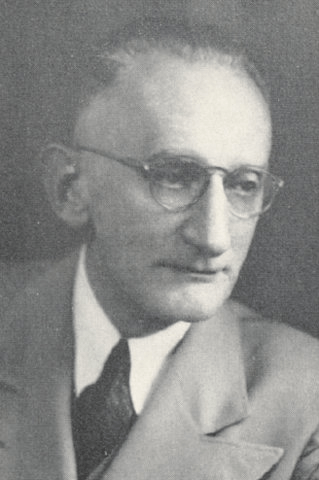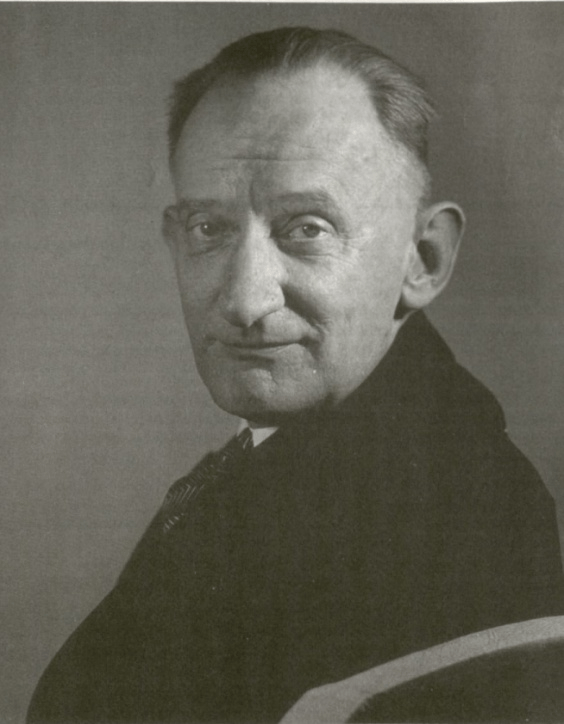Louis Thurstone (Louis Leon Thurstone)

Louis Thurstone was responsible for the standardized mean and standard deviation of IQ scores used today, as opposed to the Intelligence Test system originally used by Alfred Binet. He is also known for the development of the Thurstone scale. Thurstone’s work in factor analysis led him to formulate a model of intelligence center around “Primary Mental Abilities” (PMAs), which were independent group factors of intelligence that different individuals possessed in varying degrees. He opposed the notion of a singular general intelligence that factored into the scores of all psychometric tests and was expressed as a mental age. In 1935 Louis Thurstone, together with EL Thorndike and JP Guilford founded the journal Psychometrika and also the Psychometric Society, going on to become the society’s first President in 1936. Thurstone’s contributions to methods of factor analysis have proved valuable in establishing and verifying later psychometric factor structures, and has influenced the hierarchical models of intelligence in use in intelligence tests such as WAIS and the modern Stanford-Binet IQ test. The seven primary mental abilities in Thurstone’s model were verbal comprehension, word fluency, number facility, spatial visualization, associative memory, perceptual speed and reasoning.
Despite his contributions to factor analysis, Louis Thurstone (1959, p. 267) cautioned: “When a problem is so involved that no rational formulation is available, then some quantification is still possible by the coefficients of correlation of contingency and the like. But such statistical procedures constitute an acknowledgement of failure to rationalize the problem and to establish functions that underlie the data. We want to measure the separation between the two opinions on the attitude continuum and we want to test the validity of the assumed continuum by means of its internal consistency”. Thurstone’s approach to measurement was termed the law of comparative judgment. He applied the approach in psychophysics, and later to the measurement of psychological values. The so-called ‘Law’, which can be regarded as a measurement model, involves subjects making a comparison between each of a number of pairs of stimuli with respect to magnitude of a property, attribute, or attitude. Methods based on the approach to measurement can be used to estimate such scale values. Thurstone’s Law of comparative judgment has important links to modern approaches to social and psychological measurement. In particular, the approach bears a close conceptual relation to the Rasch model (Andrich, 1978), although Louis Thurstone typically employed the normal distribution in applications of the Law of comparative judgment whereas the Rasch model is a simple logistic function. Thurstone anticipated a key epistemological requirement of measurement later articulated by Rasch, which is that relative scale locations must ‘transcend’ the group measured; i.e. scale locations must be invariant to (or independent of) the particular group of persons instrumental to comparisons between the stimuli. Thurstone (1929) also articulated what he referred to as the additivity criterion for scale differences, a criterion which must be satisfied in order to obtain interval-level measurements.
Born
- May, 29, 1887
- USA
- Chicago, Illinois
Died
- September, 30, 1955
- USA
- Chapel Hill, North Carolina



